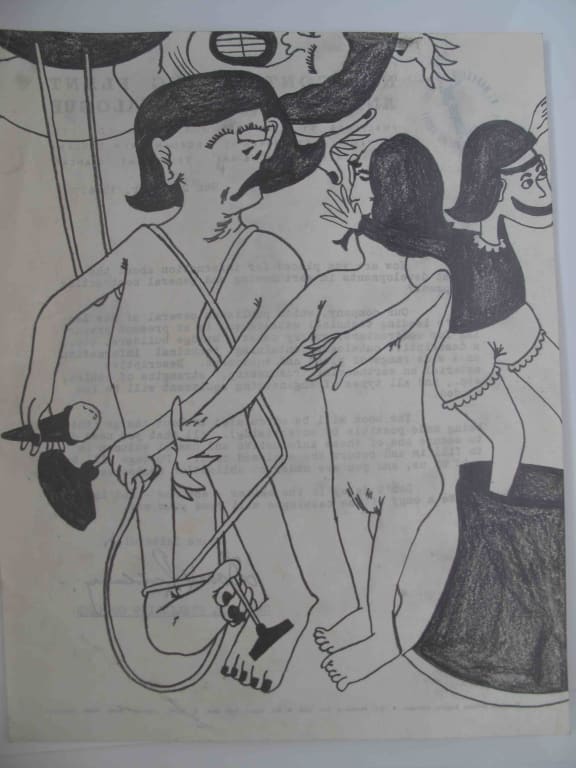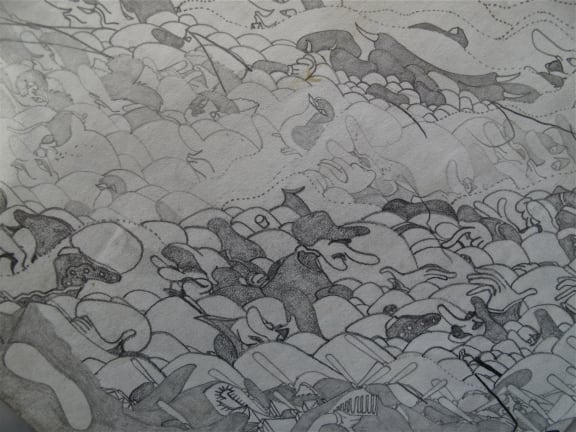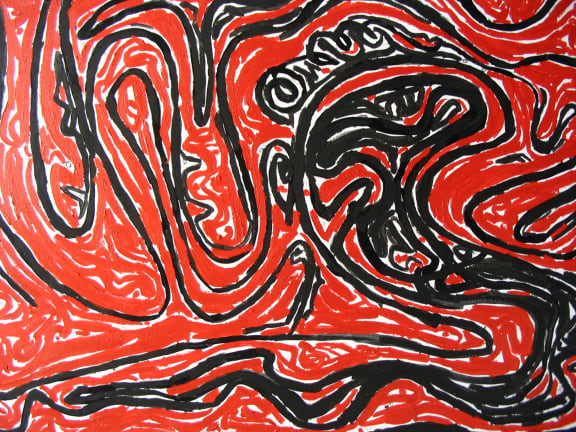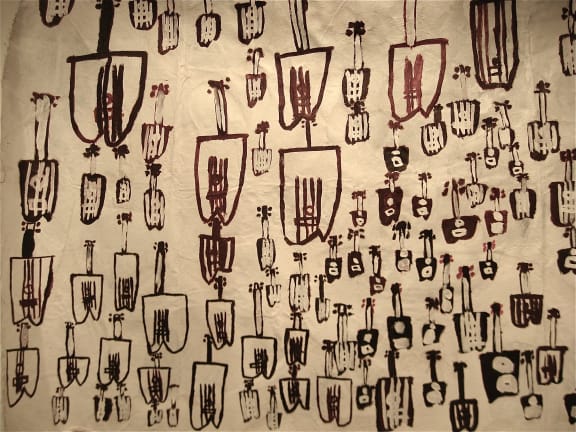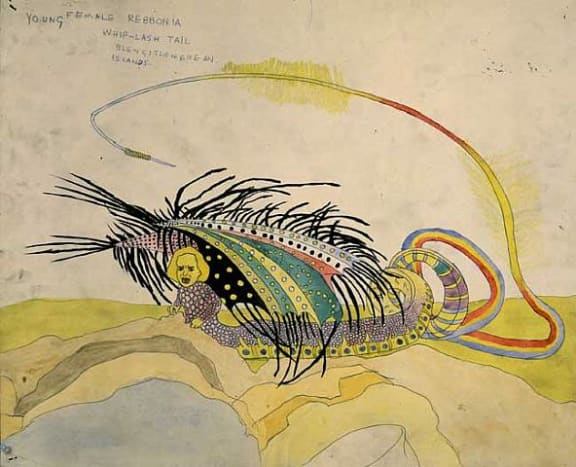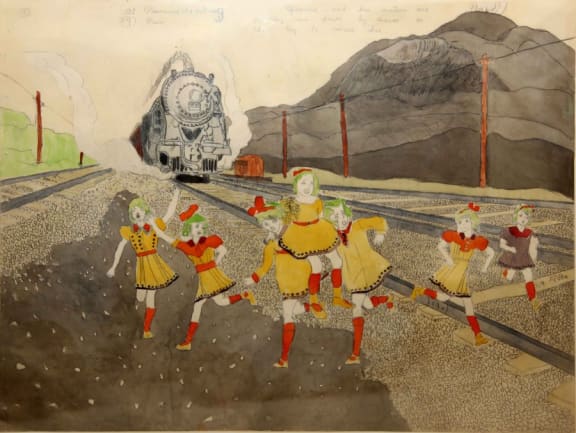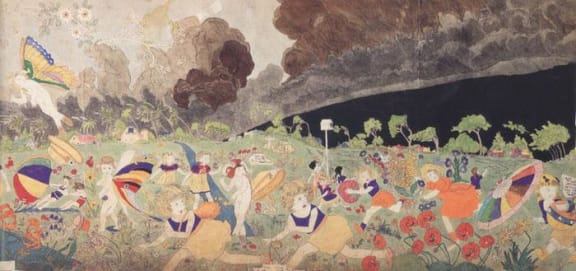The work of self-taught artists who exist firmly outside the establishment art communities - including an extraordinary New Zealander - is increasingly winning over the international art scene.
Stuart Shepherd is the curator of this month's NZ Outsider Art Fair. He joins Wallace Chapman to talk about an extraordinary New Zealand artist being exhibited in New York and his definition of 'outsider art'.
So what is outsider art?
Shepherd says that in New Zealand the term is contentious as people working in the field of art and disability are striving to integrate their artists into everyday society and sometimes fear the term will ghettoise or marginalise their artists further.
The Auckland Outsider Art Fair is part of a movement to support and integrate these self-taught artists, many of whom can't present and represent themselves socially as conventional artists do, says Shepherd.
Generally, an outsider artist can be described as someone self-taught who is not at all strategic or fashionable in their expression, he says.
'That freshness, or that directness, is seen as a feature of the field.'
He says the ‘Cinderella story’ of New Zealand artist Susan Te Kahurangi King reveals a lot about the changing face of the art world.
Susan stopped speaking as a child and began expressing herself through drawing. Happily, her grandmother and mother saved everything she did.
Good fortune also played a part in King’s success, says Shepherd.
"The director of the Dallas Art Fair, Chris Byrne, saw her work online, flew to New Zealand, met the family and helped position her work in the at world very carefully."
The American Folk Art Museum has now established a PhD scholarship in her honour.
The growing appreciation of outsider artists such as King represents an evolution of awareness, Shepherd says.
Outsider art, which has an association with disability issues, has benefited from the diminishing stigma around mental health.
'People are realising that people who have mental health issues or struggle socially are just on a spectrum. and their perspective is actually really valuable and we can learn from it.”
Shepherd says when it comes to his personal appreciation of art, he has done his homework.
'I lived in New York for 15 years and I saw tonnes and tonnes of art. I would cruise the museums and study and look hard. I've got a masters degree in painting and installation art. I've done my homework, I love art, but I'm really hungry for something I haven't seen before.
"It makes my day if i can see something good that I've never seen before. I really am addicted to that like a junkie."
What makes outsider art different to so-called ‘amateur art’?
Shepherd says the difference can sometimes be small, but amateur art is more about replication and less about "breaking the rules" which is what he finds interesting.
"The Sunday painter of a scene by the river, that is following a convention - it's an aesthetic convention. This is a pretty scene - it's a flower, it's a puppy dog, it's a racehorse… What I'm looking for in outsider self-taught work is a visual language that has evolved from that individual. They've come up with their own way of responding to the world, like [Henry] Darger, like Susan, like Andrew [Blythe].
“These are direct expressions of their expressions of the world. Nobody else could do it. It wouldn't be right or possible for anyone else to it."


